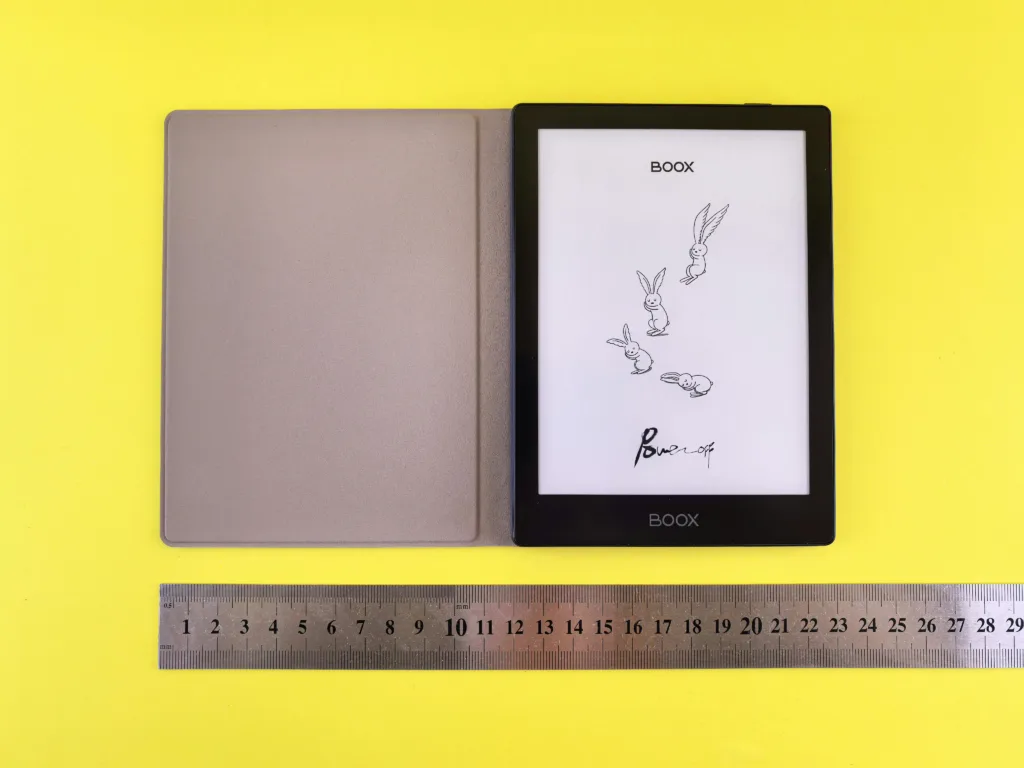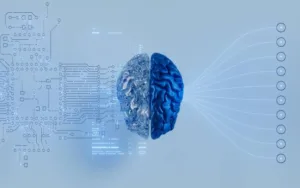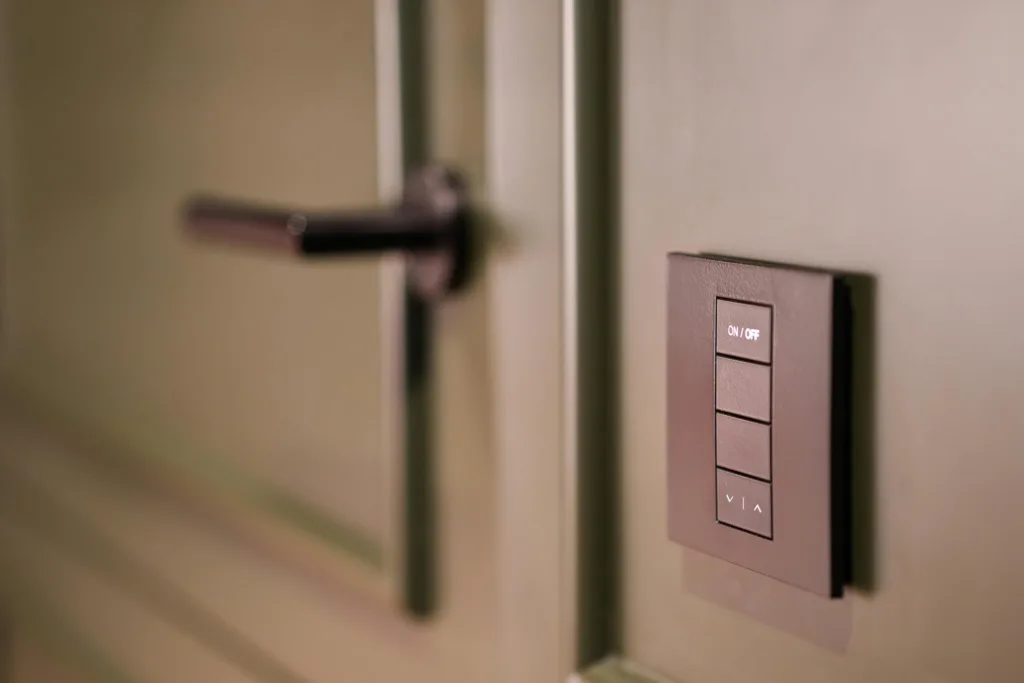
When someone says “technology,” he typically pictures bright screens, convoluted interfaces, or clunky things in his pockets. But the future of innovation isn’t about developing more powerful or flashy devices—it’s about making them disappear. Invisible technology is a new trend that is seeking to embed digital capability unobtrusively in our lives to the degree that we may not even notice that we’re using it.
Three of the most thrilling frontiers here are E-ink displays, smart fabrics, and ambient devices. Collectively, they’re redrawing the relationship between people and information, between people and clothes and space, and between technology and invisibility.
1. E-Ink: Beyond the E-Reader
According to the research, the global e-ink market was valued at roughly USD 3.0 billion in 2024, with modest growth to about USD 3.12 billion in 2025, aiming to reach around USD 4.5 billion by 2033. CAGR ~4.1%
E-ink, the technology behind e-book readers like Kindle, is creeping into unexpected applications. Unlike LCD or OLED screens, e-ink consists of small microcapsules filled with charged pigment that may move under an electric field. This renders a screen that looks like paper and draws effectively no power once an image is set.
- Sustainability factor: Given that e-ink uses so much less energy, it is a greener alternative for digital signage and low-power uses. Consumers already replace paper price stickers with e-ink displays in most retail stores, waste minimized and instant refresh enabled.
- Design integration: Image walls or furniture surfaces acting as dynamic, changeable canvases. Researchers prototype flexible e-ink panels to turn everyday objects into individual displays.
- Accessibility: For visually impaired users, e-ink provides a high-contrast, glare-free setting that’s easier to read for extended periods than traditional screens.
The future of e-ink lies in color enhancements, faster refresh rates, and integration into wearables—making it not just a reading medium, but a new canvas for digital interaction.
2. Smart Fabrics: Clothing as a Digital Extension
Fashion has never really been about functionality—protection, warmth, self-expression. But innovative fabrics are turning clothes into interactive surfaces. They interweave conductive yarns, sensors, or microelectronics into fibers so that clothes can monitor, adapt, and even respond.
- Wellness and wellness: Heart rate, temperature, or hydration-tracking shirts could eliminate chunky wearables, offering sleek medical monitoring for older people, sports enthusiasts, or at-home patients.
- Fashion technology: Color-changing fabrics powered by microcurrents are under study by designers. Imagine a mood- or environment-sensitive jacket that changes color to match your mood or environment, blending fashion with personalization.
- Safety and performance: Heat-integrated elements in intelligent clothing can provide warmth in extreme temperatures, while reflective threads or threads with integrated LEDs make runners and cyclists more visible.
The potential of intelligent clothing in practice is ubiquity. Instead of wearing an intelligent watch, your everyday clothing may be the “device” itself—functional, stylish, and unobtrusive in application.
3. Ambient Devices: Tech That Melts into the Background
While e-ink covers up screens and intelligent apparel conceals wearables, ambient devices do something else: they introduce digital information with soft, practically unconscious cues. They are products that become part of our environment and stay out of the way.
- Glanceable data: Color-changing intelligent lamps allow individuals to absorb information without distraction.
- Calm technology: Instead of incessant buzzing and flashing notifications, ambiental devices offer more gentle nudges—like an illuminated break time desk item when it’s time for one.
- Networked spaces: Consider kitchen counters that display recipes when they’re needed, or office walls that adapt lighting and temperature automatically depending on the number of people there.
The underlying principle here is serenity. The less technology distracts you, the more it functions in your daily life.
The Common Thread: Tech That Disappears
What unites e-ink, smart fabrics, and ambient devices is their ability to shift the focus from the device to the experience. The screen doesn’t need to dominate your vision, the wearable doesn’t need to sit on your wrist, and the gadget doesn’t need to beep for attention.
Instead, technology becomes a silent partner—quiet, energy-efficient, and seamlessly integrated into routines. This evolution could lead to:
- Homes that respond naturally to habits.
- Clothing that adapts to our health and environment.
- Displays that deliver information without distraction.
The future of invisible tech isn’t about flashy innovation—it’s about subtle transformation. It’s about making technology feel less like a tool and more like an organic extension of our surroundings and ourselves.
Conclusion
We are moving into an era where technology is pervasive, but not visible. E-ink will make screens more sustainable and responsive, smart dress will add digital intelligence to what we wear, and ambient devices will make environments better without overwhelming us.
The greatest technology of the future might not be the one you see—it might be the one you don’t remember is there at all.
Explore other articles:
Voice Assistants vs. AI Companions: What’s the Difference?
Ethics of AI & Deepfake Legislation: Navigating the Digital Minefield




